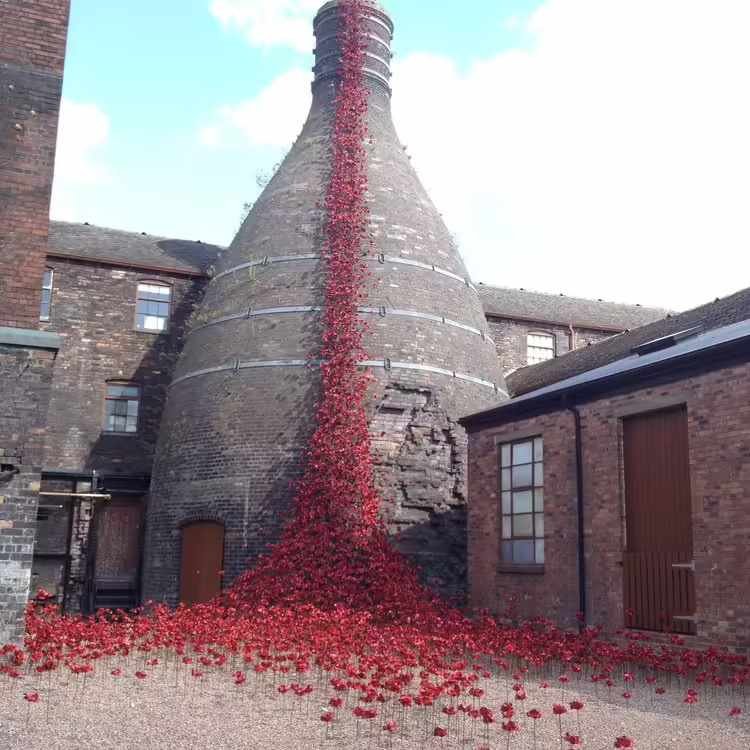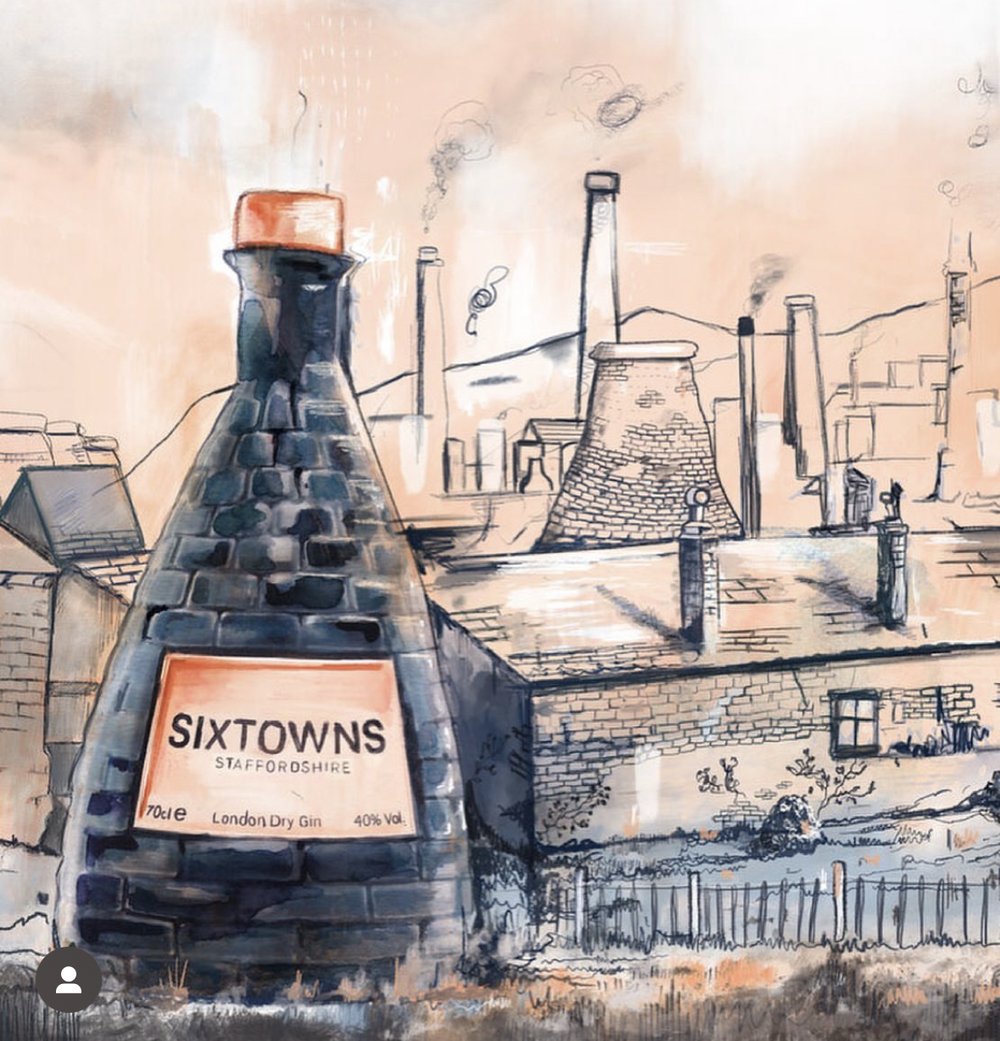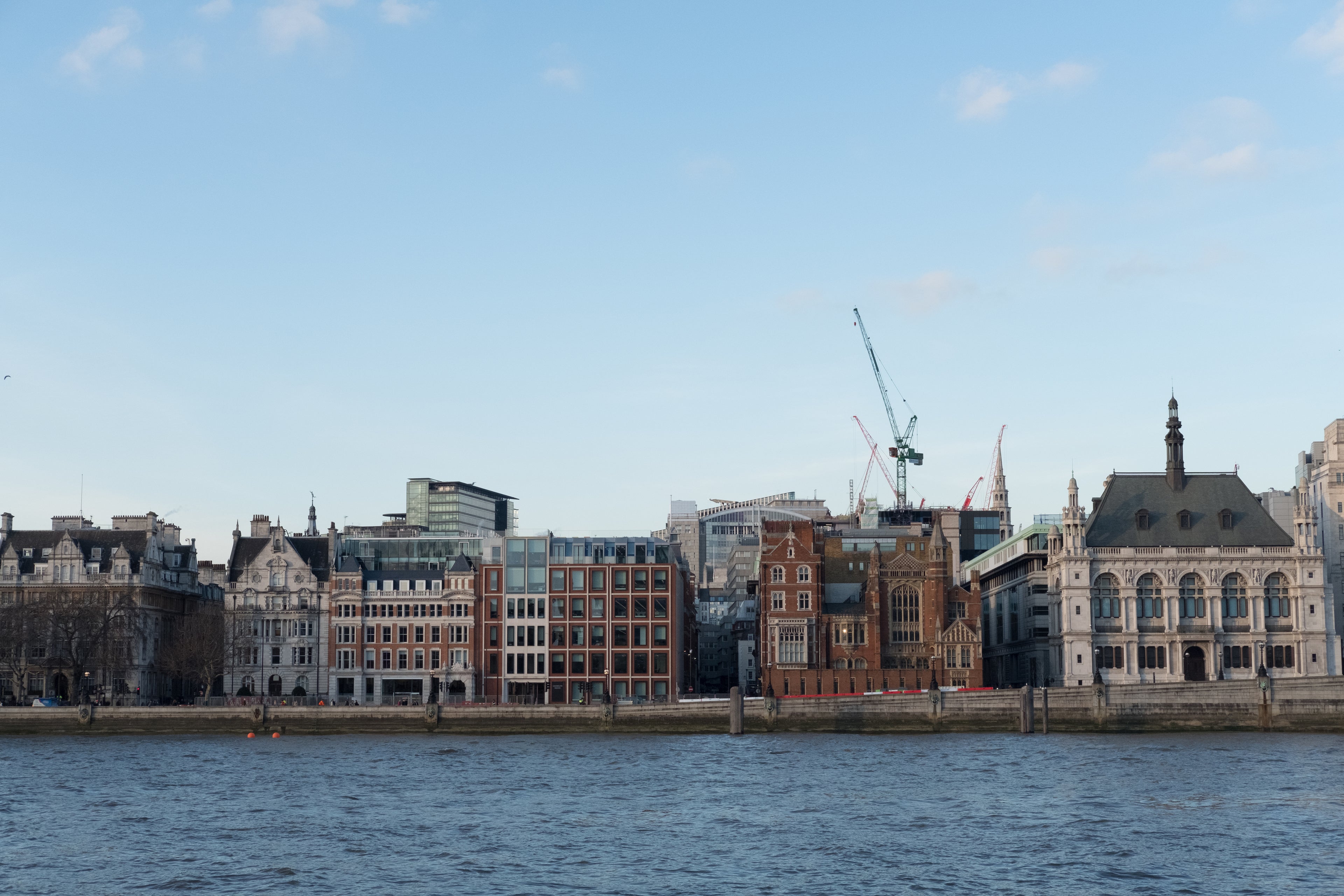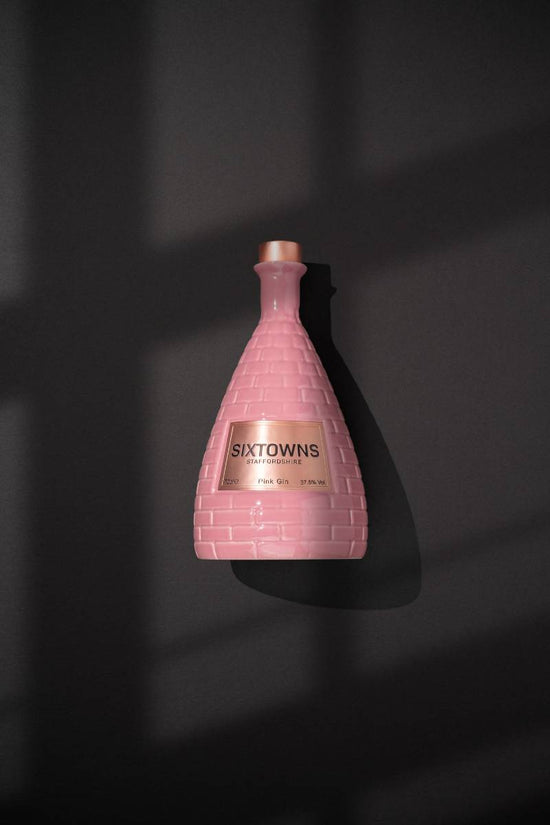Stoke-on-Trent's Historic Bottle Kilns
Nestled in the heart of the Staffordshire Potteries lies Stoke-on-Trent, a city renowned for its ceramic industry. At one time, these highly efficient ovens were used to fire pottery products shipped all over Britain and beyond. Craftsmanship was famous for its beauty and durability, so much so that many pieces from those days still exist today. Today, visitors can stroll around Stoke-on-Trent's Historic District, where dozens of these bottle kilns stand proudly against the skyline – a testament to the city's proud history. Let's look at these bottle kilns and their place in British history!

The History of Bottle Kilns
The first bottle kiln was built in 1813 by local potter Thomas Whieldon. These kilns allowed for greater efficiency when firing pottery; they could reach temperatures as high as 1,200 degrees Celsius (2,192 Fahrenheit) and hold more pieces per load than traditional wood-fired ovens. This meant that production increased significantly while costs decreased. These highly efficient ovens were used to fire pottery products shipped all over Britain and beyond – including tableware such as tea sets and dinner plates – until World War II broke out in 1939.
During the war effort, many of these kilns were repurposed as flour mills by the Ministry of Food. After WWII ended and peace returned to Britain, however, they reverted to producing ceramics. But times changed over the years; new technologies emerged that allowed for mass production techniques that began to replace traditional craftsmanship. As a result of this shift in industry trends, many of these old structures became obsolete – yet some remain standing today as listed buildings due to their importance in British history.

Preserving British Heritage
Today, visitors can stroll around Stoke-on-Trent's Historic District, where dozens of these bottle kilns stand proudly against the skyline – a testament to the city's proud heritage and traditions in ceramics manufacturing. Many have been converted into educational facilities or museums where visitors can learn about their local heritage firsthand through interactive displays and demonstrations of traditional methods used by craftsmen from centuries past. There are also walking tours led by knowledgeable guides who will explain how modern production techniques eventually replaced traditional craftsmanship during this period in British history. It is a unique experience that provides insight into how technology has evolved!







